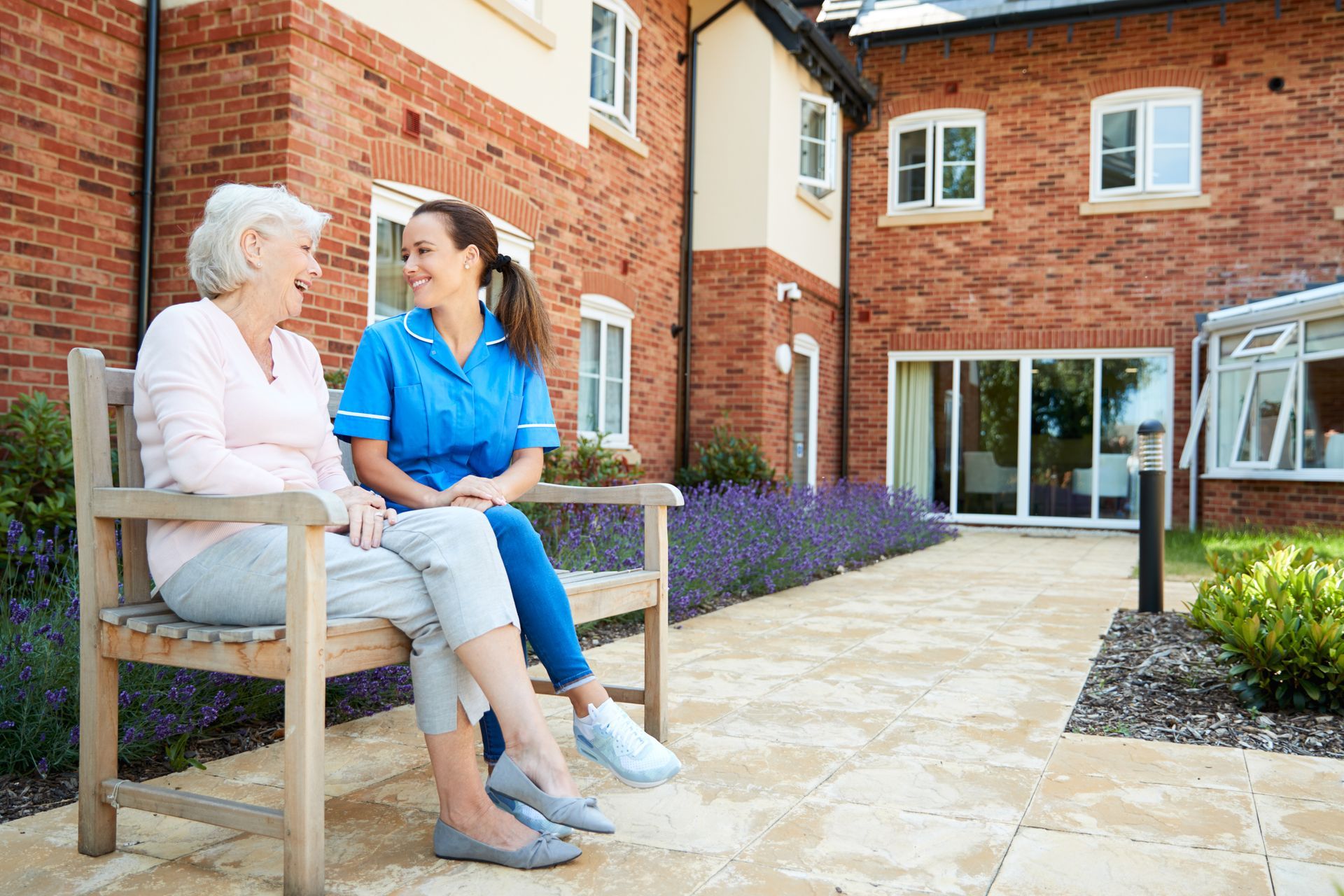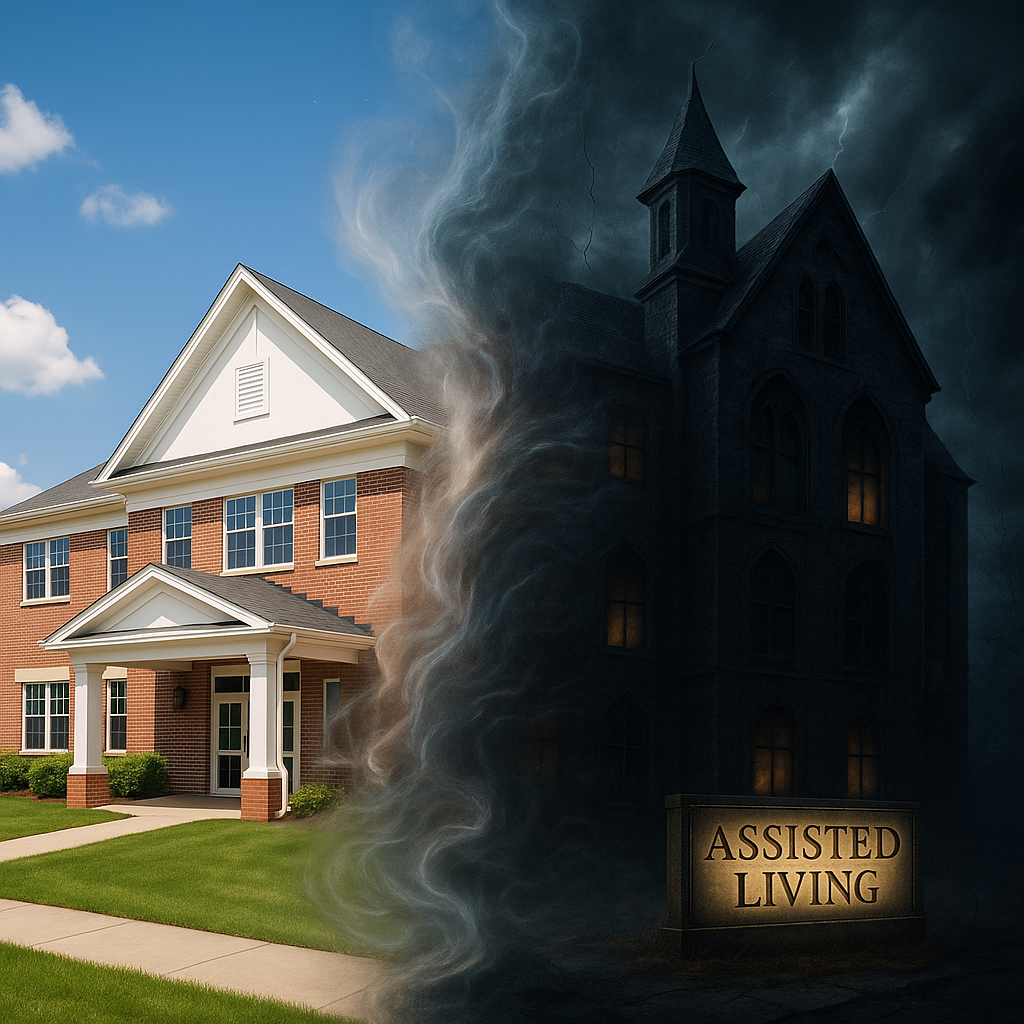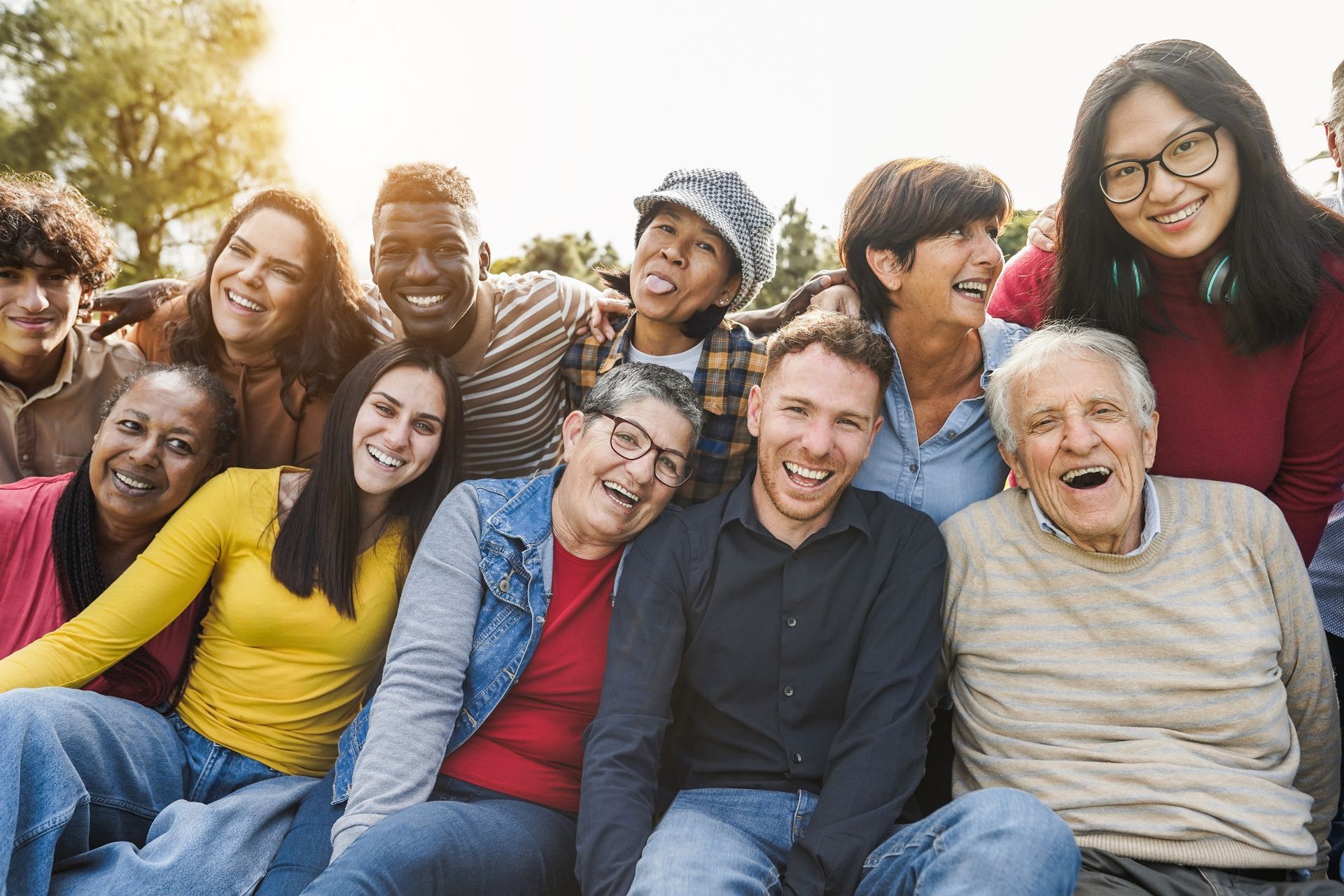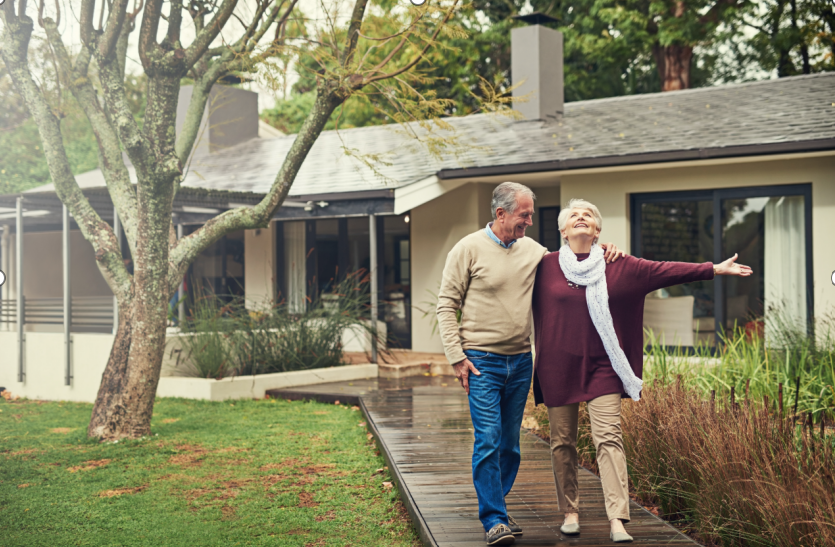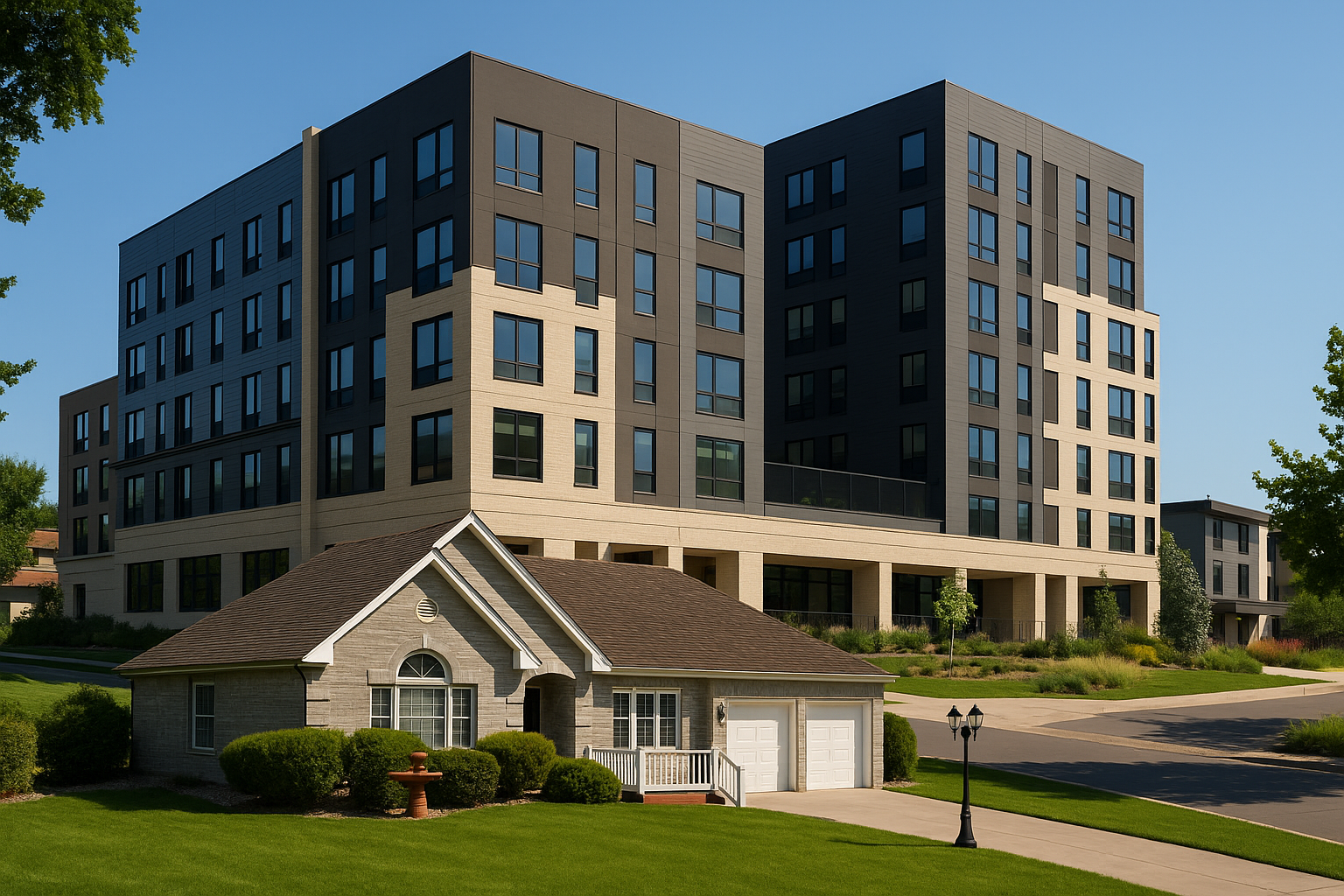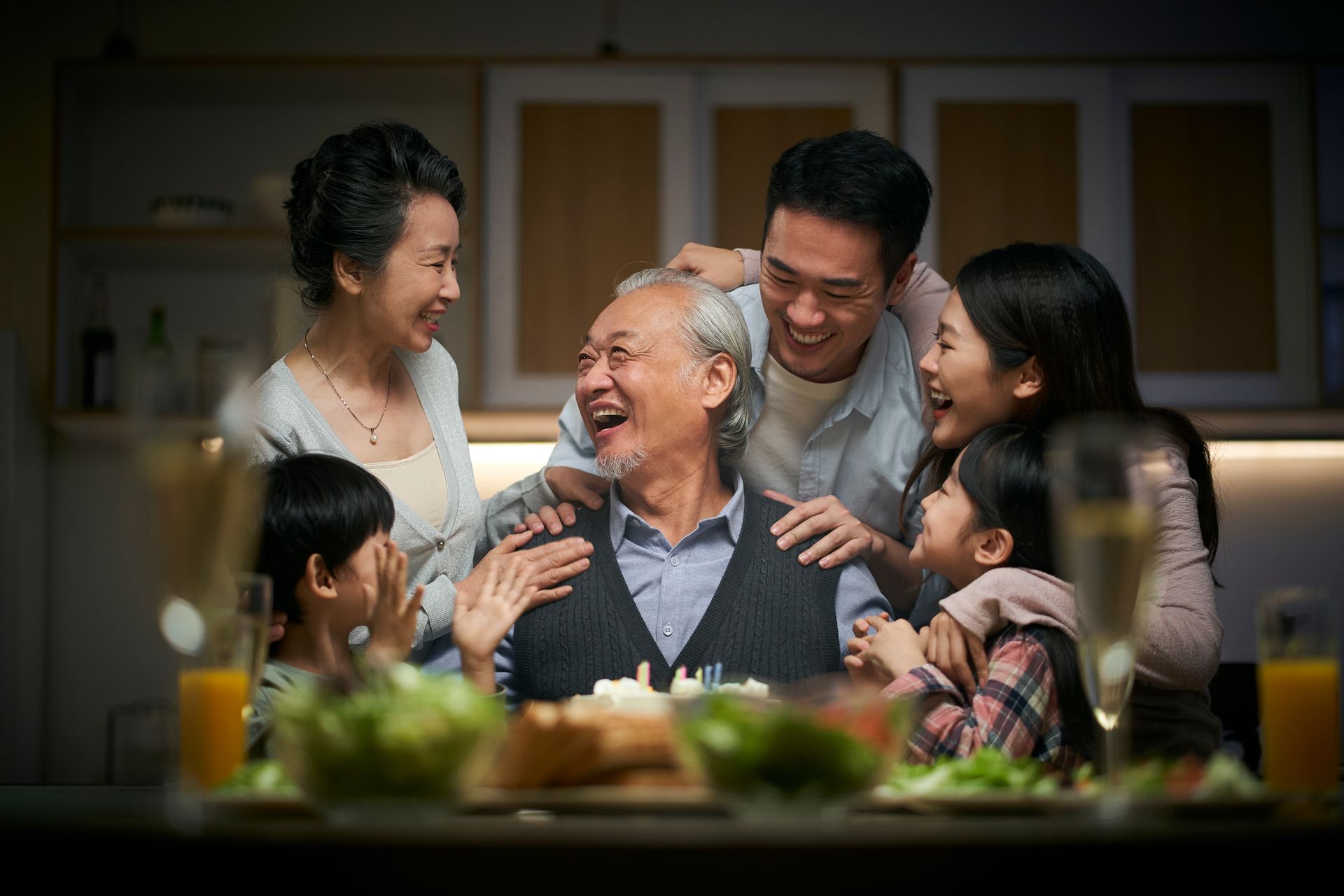BLOG
Balancing Safety and Independence in Senior Care
The delicate balance between safety and independence stands as a paramount concern as senior care continues to evolve. In this article, we will dissect the intricate intersection of safety protocols and personalized care plans, shedding light on the challenges and strategies essential for supporting senior independence. From the implementation of innovative safety measures in assisted living to the pivotal role of tailored support in fostering autonomy, we will explore how a holistic approach to senior care can empower individuals while ensuring their well-being. Join us as we unravel the dynamic strategies aimed at empowering seniors to maintain independence within a secure and supportive environment.
Holistic Approach to Senior Care Independence
A comprehensive care model is pivotal in nurturing senior independence while concurrently addressing safety concerns. By tailoring support to individual needs, this approach ensures that seniors receive the specific assistance required to maintain autonomy. Here are the key elements that contribute to the effectiveness of a holistic care model:

- Personalized Care Plans: Tailoring care plans to the unique preferences and abilities of each senior fosters a sense of independence and self-determination. This personalized approach acknowledges the individuality of each resident, promoting a higher quality of life within the assisted living community.
- Emphasis on Wellness Programs: Integrating wellness programs into the care model not only supports physical health but also encourages social engagement and mental well-being. These programs are designed to empower seniors to actively participate in activities that resonate with their interests and capabilities, reinforcing their sense of independence.
- Inclusive Decision-Making: Involving seniors in decision-making processes regarding their care and daily activities is fundamental to upholding their autonomy. By respecting their choices and preferences, the holistic care model empowers seniors to maintain a sense of control over their lives.
This comprehensive approach not only addresses safety concerns but also champions the preservation of independence, enriching the lives of seniors within the assisted living community.
Innovative Safety Measures in Assisted Living
Innovative safety measures play a pivotal role in creating a secure environment that empowers seniors to lead autonomous lives. These measures are designed to provide a balance between safety and independence, ensuring that residents can thrive within the assisted living community. Here are some key innovative safety measures that contribute to this dynamic environment:
- Smart Home Technology: Integration of smart home devices such as automated lighting, smart thermostats, and emergency response systems enhances safety while allowing seniors to manage their living spaces independently.
- Fall Prevention Strategies: Implementation of fall detection technology, non-slip flooring, and grab bars in strategic locations significantly reduces the risk of falls, enabling seniors to move around with confidence.
- Secure Outdoor Spaces: Well-maintained outdoor areas with clear pathways, handrails, and secure seating options provide seniors with the freedom to enjoy the natural surroundings while ensuring their safety.
These innovative safety measures not only mitigate potential risks but also instill a sense of confidence and autonomy among seniors, fostering an environment where they can thrive independently.
Personalized Care Plans for Enhanced Autonomy
Customized care services are instrumental in promoting senior well-being and self-sufficiency, aligning support with individual preferences and abilities. This tailored approach to care plans emphasizes the unique needs of each resident, fostering a sense of autonomy and empowerment within the assisted living community. Here are the key aspects that highlight the positive impact of personalized care plans:

- Individualized Activity Programs: Tailoring activity programs to match the interests and capabilities of each senior encourages active participation and a sense of fulfillment, contributing to their overall well-being and independence.
- Person-Centered Support: By centering care around the individual, personalized care plans acknowledge the specific requirements and aspirations of each resident, promoting a dignified and self-directed lifestyle.
- Flexible Care Services: Offering flexible care services that adapt to the changing needs of seniors ensures that they can maintain a level of independence while receiving the necessary support as and when required.
This emphasis on personalized care plans not only enhances senior autonomy but also cultivates a supportive environment where residents can thrive while maintaining a sense of self-sufficiency.
Balancing Senior Care Safety and Independence
The intersection of safety protocols and personalized care plans is essential in fostering senior independence within assisted living communities. By embracing a holistic approach that integrates innovative safety measures with tailored support, seniors can thrive in an environment that prioritizes their well-being and autonomy.
The implementation of personalized care plans, inclusive decision-making processes, and smart safety technologies collectively contribute to a dynamic and secure living space where seniors can lead fulfilling and independent lives. It is imperative to recognize the positive impact of these strategies in empowering seniors to maintain their independence while receiving the necessary support, ultimately enriching their quality of life. For more information, visit Assured Senior Living.
At Assured Senior Living, we invite you to learn more about our exceptional communities. Contact us today, or download our free Family Decision Toolkit guide for more information.
